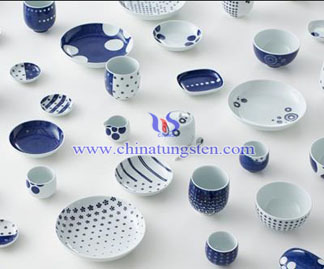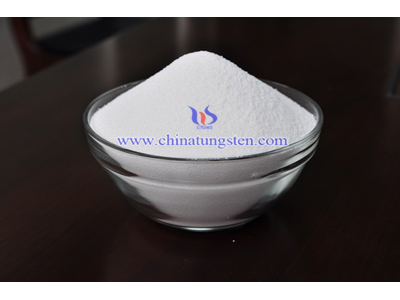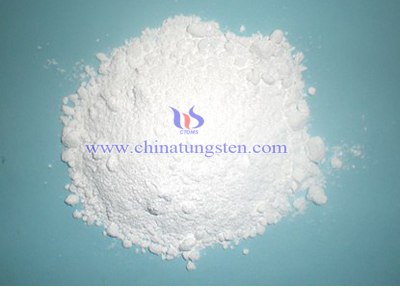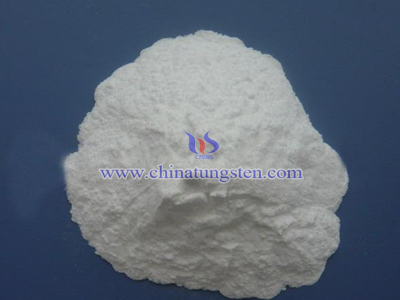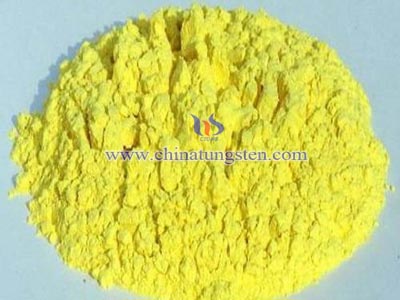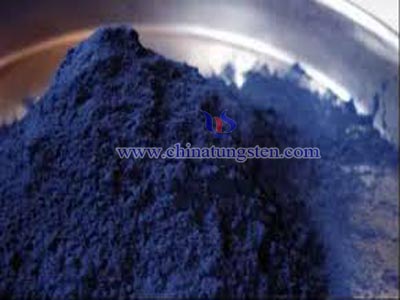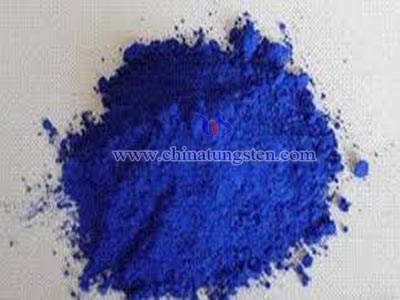Yellow Tungsten Oxide Ceramic Colorant
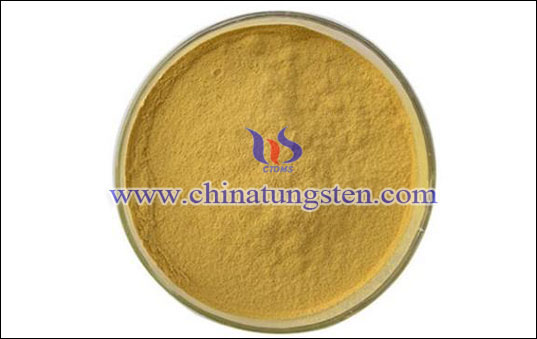
Yellow tungsten oxide because of its rich yellow, is commonly used as ceramic colorant. Yellow tungsten oxide, also known as tungsten trioxide or YTO, is a yellow powder or crystal with oblique symmetrical lamellar structure; under room temperature, the fresh tungsten trioxide appears in bright yellow which is changed by the changing of oxygen content; while, after set in the air for some time, because the reaction between yellow tungsten oxide and water and oxygen in the air, its color will turn to yellow green or green; In addition, the yellow of tungsten trioxide will aggravated to orange when heated.
Yellow tungsten oxide ceramic colorant has two main usages in the ceramic industry, one is as a coloring agent; the other is used for crystallization of glaze and crystallized glass-promoting crystallization agent (which itself can be an opacifying agent of the glazed). Such as tungsten trioxide in the brown crystalline glaze composition, which takes content of 5-25%; in addition, tungsten trioxide accounted for 20-30% of the blue crystalline glaze layer.
Ceramic colorants mostly are inorganic oxides, such as:
1. White-magnesia, magnesium carbonate, alumina, calcium borate, titanium oxide, zinc oxide, arsenic acid, antimony oxide, cerium compounds and metallic silver;
2. Gray - Platinum, iridium, rhodium, palladium, ruthenium, osmium soluble salts, antimony trioxide and iridium oxide ect;
3. Ink - iron oxide, chromium, cobalt, manganese, nickel and other mixtures, pyrolusite, iridium trioxide ect.;
4. Yellow - titanium oxide, rutile, barium stannate, chromic acid, lead chromate, cadmium sulfide, gold sulfide, gold ect.;
5. Orange - rutile, iron titanate, basic lead chromate, chromite, uranium yellow and cadmium sulfide.

